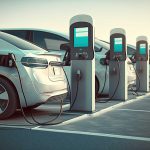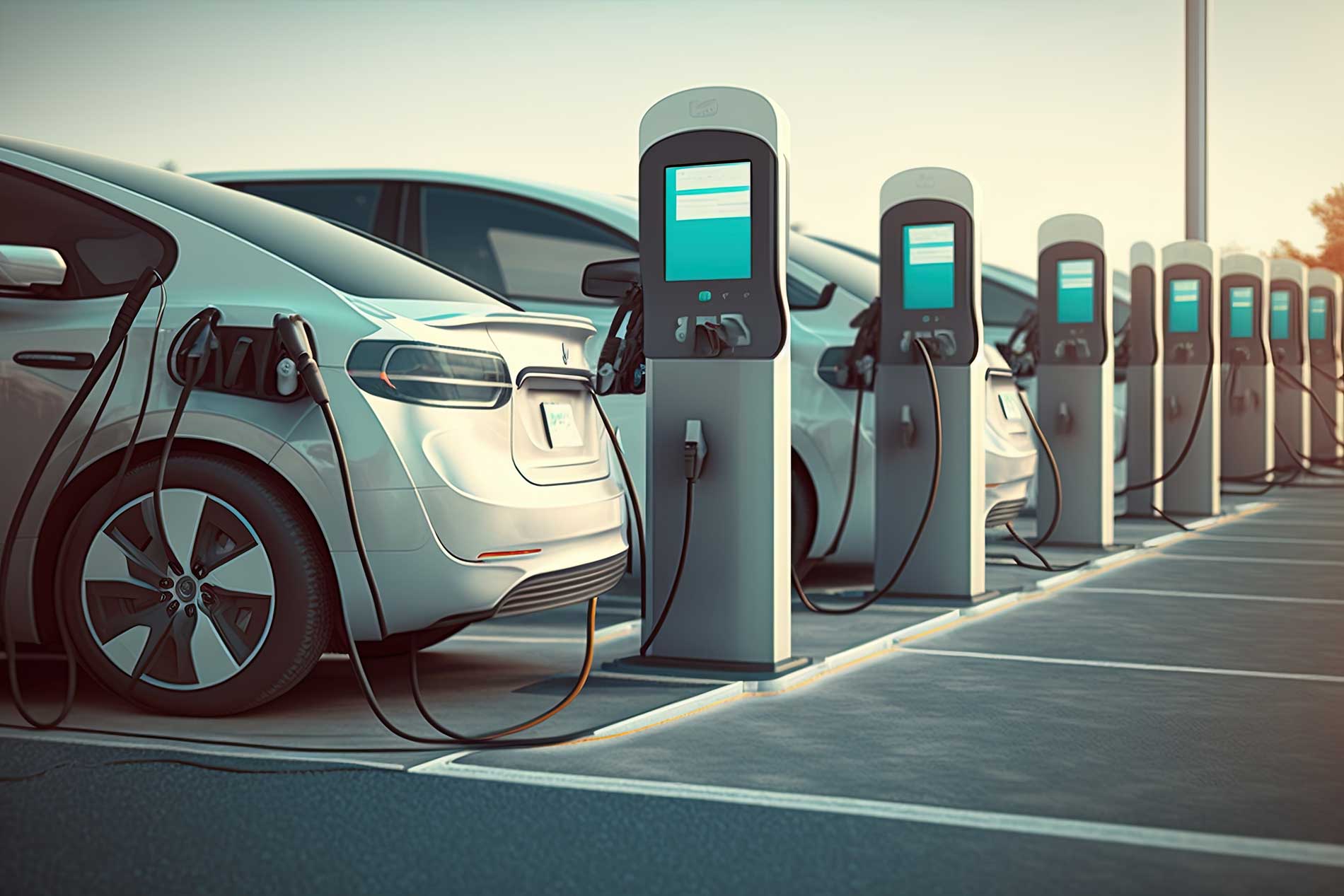Comparing electric vehicle to gas ones aims for greener transport. Internal combustion engines greatly raise greenhouse gas emissions. They contribute to climate change and deplete nonrenewable resources. EVs have major environmental benefits. They have zero emissions. They are much more efficient, especially when powered by renewable energy. However, a serious question arises about the environmental impact of battery manufacturing. This includes concerns about mining core materials and sourcing electricity. To get the most from EVs, it must: use sustainable methods, recycle batteries, and use renewable energy. A full lifecycle assessment of vehicles will offer insights. It will help create a more sustainable transport future. Shifting to alternative transportation methods benefits nature, communities, and systems. It lowers harmful gases, strengthens resource availability, and reduces global conflicts.
Comparing Driving Performance and Experience
The EVs and internal combustion engine vehicles offer unique driving experiences. Each suits different tastes. EVs have instant torque for fast acceleration. They also handle better, as they have a lower center of gravity. Plus, they are quieter. ICE vehicles excel at long trips due to their range and fast refueling. They also appeal to drivers with their engine sounds and classic driving feel. ICEs still have many advantages in some uses. EVs are close in range and charging. Hybrid innovation is bridging these advantages. It is taking the form of hybrid systems and alternative powertrains. This is creating a mixed and changing future for drivers.

Cost Implications and Ownership Insights
The total cost of ownership includes:
- The EV’s purchase price vs. the internal combustion engine’s.
- Running costs.
- Maintenance.
- Resale value.
EVs cost more at first. But, tax credits and lower fuel and maintenance costs offset this. Electricity is usually cheaper than gasoline. Also, EVs need less maintenance since their mechanics are simpler. ICE vehicles are cheaper at first. But, they have higher fuel and maintenance costs over time. Insurance and resale value may differ for both. They depend on tech trends, the market, and safety features. Choosing based on driving habits and local energy costs optimizes costs and benefits.
Building Reliable Charging Infrastructure Globally
A strong charging network is vital for the shift to electric mobility. It will set apart leaders in this space. Most EV owners use home charging. But, Level 2 and DC Fast Chargers are being added to public areas more often. Despite progress, challenges remain. Charger availability is uneven. There are high grid demands and differing standards. Smart charging, Vehicle-to-Grid integration, and global standards will boost EV adoption. Partnerships, incentives, and battery tech are creating a charging ecosystem. It will support sustainable transport, ease range anxiety, and make systems accessible.
Government Strategies Supporting Future Mobility
Policy initiatives are the accelerants of EV adoption. Tax credits and rebates make EVs more affordable. Funding for charging stations closes critical gaps. Support for research and development enables progress in both battery efficiency and manufacturing. Regulations around zero-emission vehicles and clean air policies promote even further adoption. Other projects seek to standardize charging systems and make the supply chain more sustainable. All these factors are pushing a shift to cleaner transport. They are driving innovation, economic growth, and environmental care.

















+ There are no comments
Add yours